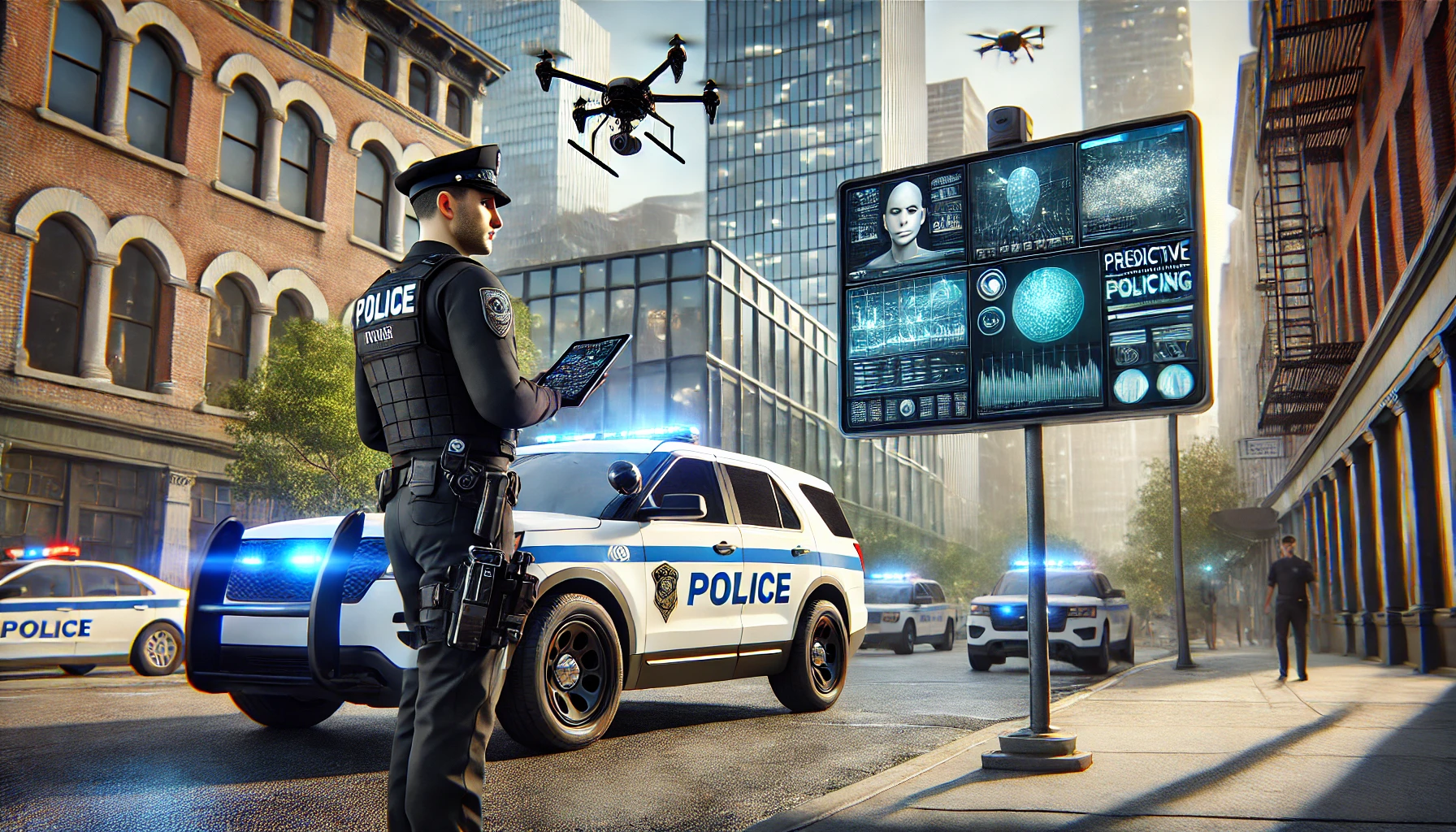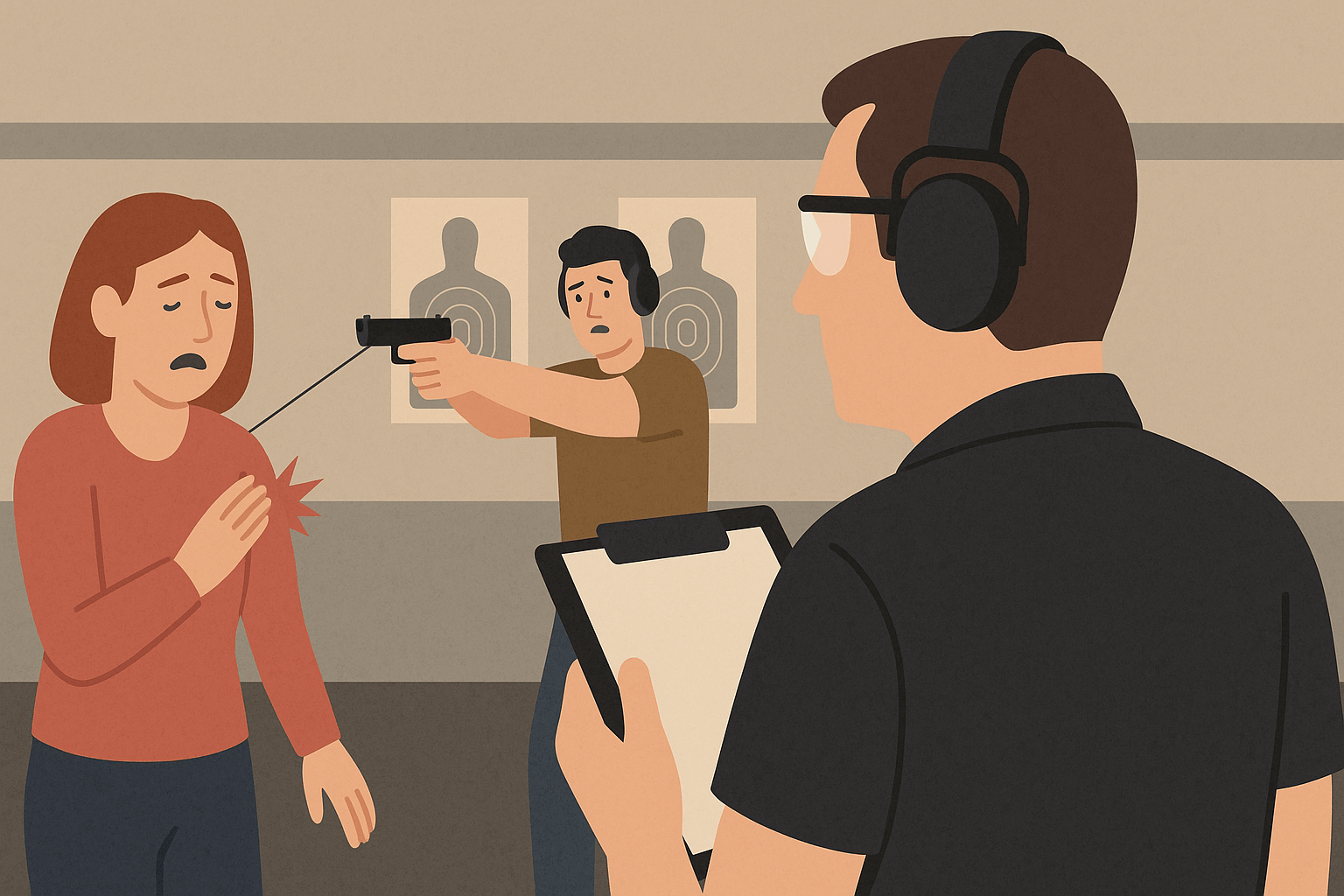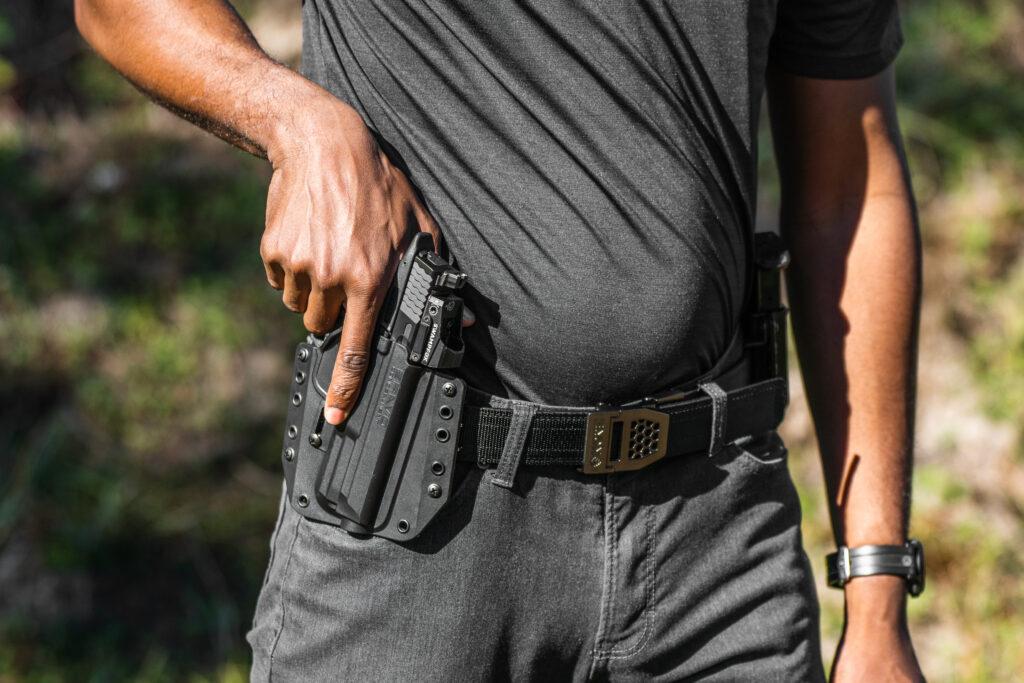The Truth Up Front
The streets aren’t getting safer. The criminals aren’t getting dumber. But far too many law enforcement agencies are still running 1990s-style range days in a 2025 combat environment. That’s not just negligence—it’s betrayal. A betrayal of officers’ lives, public trust, and the oaths sworn to uphold both. The data doesn’t lie. And neither will I.
The Tactical Disconnect: Where Training Fails
Let’s get clear: vehicle-based shootings and low-light encounters are not “rare” edge cases—they’re baked into the daily reality of American law enforcement.
Statistical Wake-Up Call:
-
47% of officers assaulted between 8 PM–6 AM. That’s nearly half of all LEO assaults happening under low- or no-light conditions.
-
77% of NYPD officer-involved shootings occur in diminished lighting.
-
62% of Miami’s outdoor shootings take place outside daytime conditions.
-
The U.S. Marshals Service reports that almost half of officer-involved shootings happen in or around vehicles.
Yet most departments still run daylight range qualifications on sterile flat ranges, once or twice a year, in clean environments with no decision-making stress. If this sounds like your department’s annual “training,” you’re behind the curve—and setting your people up to die.
The Cost of Complacency: Real-World Failures
Case Study 1 – Dallas, TX (2022):
An officer engaged a suspect during a vehicle stop at night. His flashlight failed under stress. He had zero training in shooting from behind a vehicle door. His rounds impacted a bystander. Civil lawsuit pending. His department? Never trained low-light shooting from vehicles.
Case Study 2 – Broward County, FL (2023):
A deputy was ambushed while walking back to his patrol car at night. He had completed only 3 hours of night-fire training in 5 years. His first shots missed due to poor grip under stress and visual disorientation. He survived. Barely. But the suspect fled and wounded two civilians.
Valortec’s Solutions: Built for Reality, Not Checklists
Valortec doesn’t teach fantasy gunfighting. We train officers for what will kill them if they’re not ready. Our doctrine is rooted in real-world engagements, neuroscience, and field-proven principles from both law enforcement and special operations.
1. Application‑Based Training > Drill-Based Repetition
-
Officers don’t get into paper-target gunfights.
-
We simulate vehicle extractions, low-light approach tactics, ambush reactions, and urban concealment movement.
-
Use-of-force is embedded into every scenario—decision-making under stress is the standard, not a special topic.
2. Vehicle-Centric Drills: Inside and Out
-
Shooting from inside a patrol unit.
-
Using A/B pillars for cover.
-
Understanding ballistic deflection off windshields and doors.
-
Exiting under fire and recovering weapons while injured.
Valortec runs mobile-force scenario days where officers shoot, move, and decide from both law enforcement and suspect perspectives around actual vehicles—not cones and imaginary bumpers.
3. Low-Light Immersive Training
-
Strobe disorientation, flashlight technique under recoil, ambient and no-light scenarios.
-
MRDS (Miniaturized Red Dot Systems) are leveraged for their threat-focus advantage in darkness—a documented tool for minimizing mistake-of-fact shootings.
-
Our environments include street-level smoke, flashlight blindness, red-blue light stressors, and use-of-force decision trees.
4. Frequent, Relevant In-Service Training
-
Quarterly scenario blocks, not yearly paper-punching.
-
Our curriculum integrates:
-
Human performance science
-
Cognitive load under duress
-
Stress inoculation principles
-
Shot accountability under real-world speed
-
We base our models on Florida’s FTM standard but raise the bar beyond checklists. Our instructors are all Class K certified and experienced under live-threat conditions.
5. Human Performance Integration
-
Officers are treated like tactical athletes.
-
Metrics include:
-
Reaction time under adrenaline
-
Cognitive decision fatigue markers
-
Vision adaptation drills for night ops
-
-
We apply what top-tier instructors know: performance under fire starts with neurological efficiency, not just muscle memory.
The Consequences of Inaction
Here’s your warning:
Departments that ignore these training gaps are already behind—and legally vulnerable. In the age of body cams and public scrutiny, a failure to train for predictable threats like low light or vehicle encounters isn’t just poor planning—it’s negligence.
And when your officer pulls the trigger in the dark and hits the wrong target, the jury won’t care how many “qualification badges” they had. They’ll ask what reality-based training was done.
Make the Call or Bury Another Badge
Valortec is not another “tactical T-shirt” company. We’re built by warriors, lawmen, and combat instructors who’ve walked the line—and buried those who didn’t get the training they needed in time.
We offer:
-
Mobile unit vehicle-shooting courses
-
Low-light MRDS handgun programs
-
Quarterly law enforcement in-service redesigns
-
Custom training audits for departments statewide
Final Warning
You can train for the conditions you want… or the ones you’re going to get.
Valortec trains for the ambush, the dark alley, and the gunfight that starts before you’re ready.
Anything less is malpractice.






